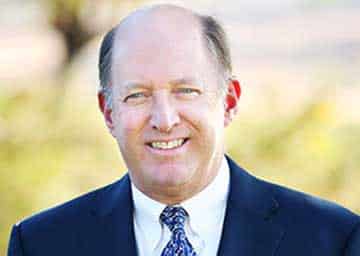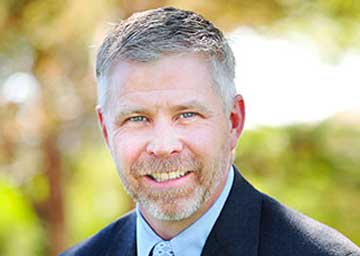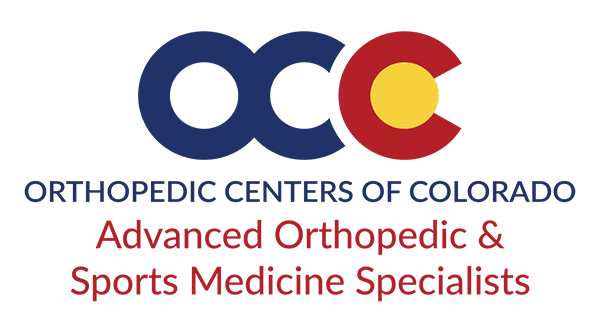It’s that time of year – everyone is back in the gym or joining a high-intensity workout program. If you’re among those who gave their work out a kick start at the beginning of the year – congrats! You’ve made it through month number one. As you have continued to be active, you’ve certainly endured some muscle soreness and fatigue, but how can you tell when it’s more than sore muscles? Chronic elbow pain is a common issue that occurs when people overdo it after starting a new workout regimen.
More than sore? Elbow Pain.
When you start a new workout, increase the intensity of your workouts, or even take on a major household task that you don’t perform regularly, you can expect to be sore. In order to avoid going from being sore to being injured, vary your workouts and train different muscle groups on different days. Rest is an essential part of the training process that allows your muscles to heal.
But even if you’re taking care to train smart, some symptoms mean the difference between muscle soreness due to fatigue and something more serious – here are three symptoms to watch for:
- Persistent pain on the outside or inside of the elbow accompanied by soreness in the forearm – particularly if the pain increases when you rotate your arm or grasp objects. This may represent one of the most common elbow injuries known as tennis or golfer’s elbow. While it may affect people playing those sports, it is more often caused by a number of repetitive motions including common daily tasks and other sporting activities.
- Redness and swelling behind the elbow to the point that it is noticeable could be bursitis – inflammation of the bursa or cushion between the skin and the point of the elbow. By contrast, a healthy bursa lies flat against the bone and isn’t easily visible nor is it painful. Doing a lot of “planks” in your workout routine? Repeatedly putting your elbows on a hard surface, like when in a plank position, could be inflaming your bursa.
- Burning or numbness in your elbow, arm, or fingers can be caused when one of several nerves that runs through your elbow is under pressure. Commonly known as the “funny bone,” compression of the ulnar nerve can result from repetitive bending, direct trauma, or pressure on the elbow. Planks, tricep extensions, and many other elbow exercises could cause this type of nerve pain.
If you have nagging elbow pain, numbness, swelling, or loss of motion, it’s time to see an upper extremity orthopedic physician. He or she can diagnose an elbow injury and create a treatment plan. Your orthopedic specialist can also help you stay active and determine if it’s wise to train around the injury or follow a more conservative approach.
Many elbow injuries can be addressed with rest, ice, and anti-inflammatories. In some cases, however, more specific treatment may be necessary. If you do have a muscle strain, tendon tear, or other serious damage, continued activity could make it worse.
Muscle soreness from a tough workout or a new routine might last a few days, but consistent or increasing pain over longer periods of time may indicate a more serious situation. See your orthopedic upper extremity specialist to diagnose and treat your elbow injury.












